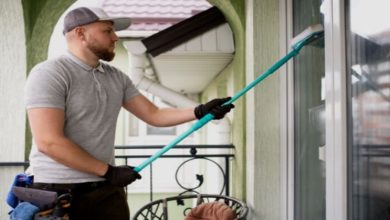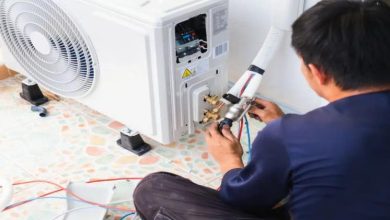How To Successfully Start An Apiary In Your Countryside Home?

For those seeking a rewarding and environmentally friendly hobby, establishing an apiary in the countryside can be a fulfilling venture. Beekeeping not only contributes to the preservation of vital pollinators but also provides an opportunity to harvest delicious honey.
If you have a large house in the countryside, you should consider beekeeping as it will not only provide you access to organic and pure raw honey but also help you play your part in the betterment of the environment. Here are six key points to guide you on the journey of starting your apiary at your countryside home.
01. Choose Location For Hive Placement
Selecting the right location for your apiary is paramount to its success. Choose a spot with ample sunlight and natural forage for bees. Ensure the area is sheltered from strong winds and has good drainage.
When placing hives, consider accessibility for both you and the bees. Position them facing southeast to catch the morning sun, aiding in early hive activity. Proper hive placement creates a conducive environment for bee health and productivity.
02. Buy Quality Equipment And Protective Gear
Before introducing bees to your apiary, invest in high-quality beekeeping equipment. Essential items include a bee hive, frames, and a smoker. Ensure the hives are well-ventilated and designed for easy inspection.
Acquire protective gear such as a beekeeping suit, gloves, and a veil to shield yourself from stings. Having the right equipment not only ensures your safety but also promotes effective hive management and honey extraction.
03. Learn The Basics Of Beekeeping
Educate yourself on the fundamentals of beekeeping before welcoming your buzzing companions. Understand the life cycle of bees, hive management techniques, and seasonal requirements.
Familiarize yourself with common pests and diseases that may affect bees and learn preventive measures. A solid foundation of knowledge will empower you to care for your bees responsibly and maximize the productivity of your apiary.
04. Choose The Right Bee Species
Selecting the appropriate bee species for your region is crucial. Honey bee varieties differ in temperament, winter hardiness, and honey production.
Research and consult local beekeeping associations to determine species that will thrive in your specific countryside environment. Opting for a bee breed well-suited to your climate ensures the success and sustainability of your apiary.
05. Establish A Water Source And Forage Area
Bees require a nearby water source, especially during hot weather. Set up a shallow water container with floating objects for bees to land on and drink safely.
Additionally, create a forage-rich environment by planting bee-friendly flowers, herbs, and trees. A diverse forage area not only provides sustenance for your bees but also contributes to the overall health of your local ecosystem.
06. Practice Responsible Beekeeping And Hive Monitoring
Responsible beekeeping involves regular hive inspections, disease monitoring, and proactive pest management. Conduct routine checks to ensure the well-being of your bees and the health of the hive.
Moreover, keep records of hive conditions, seasonal observations, and honey yields. This hands-on approach allows you to address issues promptly and ensures the longevity and productivity of your apiary.


